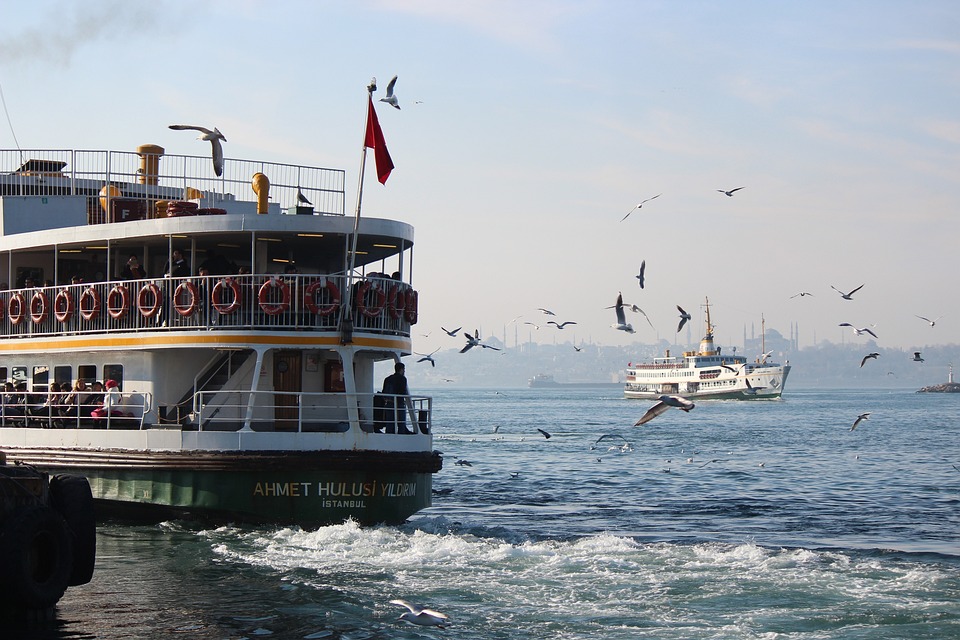
enteredExport agentDo they really only make profits from service fees?
enteredExport agentThe core profit model goes far beyond basic service fees. Professional service institutions createfull-chain resource integrationto generate multiple values:
- Basic service fee (1%-3% of cargo value) includes routine operations like document processing and customs declaration
- Logistics price difference income (bulk purchasing advantages of shipping/air freight agents)
- Tax rebate financing interest spread (using capital pool to advance tax rebates for clients)
- Exchange rate risk management income (spread income from forward exchange services)
- Supply chain financial service commissions (LC discounting, trade financing, etc.)
- Customized solution design fees (specialCustoms clearanceservices like AEO certification)
Why are there huge price differences between different agents?
2025 General Administration of Customs data shows there are already 42,000 registered import-export agency enterprises nationwide, with significant price differences due to varying service quality:
- Quotes from formal agentsinclude:
- AEO certification maintenance costs
- Professional team training expenses
- Compliance management system investments
- Risks that may exist withlow-price agents:
- Using illegal practices like proxy exports
- Lackingcustoms clearanceError compensation capability
- Inability to provide compliant tax certificates
What hidden values are included in agency service fees?
Taking the cross-border data declaration requirements newly implemented in 2025 as an example, the services provided by professional agents include:
- Real-time updated HS CODE database (annual maintenance cost exceeding 200,000 yuan)
- Intelligent classification system (reducing declaration errors by over 30%)
- Customs warning system (automatically monitoring 200+ regulatory elements)
- Multi-port collaborative customs clearance capability (saving over 20% logistics time)
How do import-export agents make money through value-added services?
Leading agency enterprises have transformed intoSupply chain solution providers, typical cases include:
- Designing special hazardous material transportation solutions for new energy enterprises (increasing service fees by 15%)
- Providing bonded return maintenance services for cross-border e-commerce (creating 10% additional profit)
- Building VMI inventory management systems for manufacturing enterprises (profit-sharing based on savings)
What fee traps should you watch out for when choosing agency services?
According to 2025 international trade service complaint data, be alert to the following charging issues:
- The vague "lump-sum fee" may not include:
- Demurrage charges caused by customs inspection
- Special supervision site operation fees
- Amendment fees caused by sudden policy adjustments
- Charging items requiring vigilance:
- Duplicate document preparation fees
- Falsely declared destination port surcharges
- Unannounced expedited service fees
How can foreign trade companies evaluate the cost-effectiveness of agency services?
Recommended adoptionCost-benefit analysis method:
- Direct cost comparison:
- In-house team costs (average annual salary of 150,000 yuan + system investment)
- Agency service fees (floating based on business volume)
- Indirect benefit considerations:
- Capital turnover acceleration from improved customs clearance efficiency
- Administrative penalty risks avoided through compliance management
- Hidden cost savings from supply chain optimization


 Follow Customer Service WeChat
Follow Customer Service WeChat